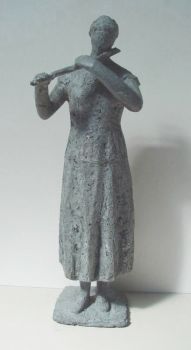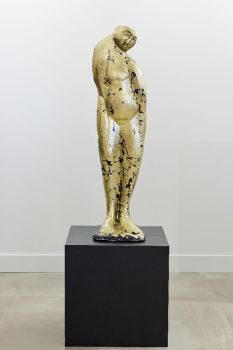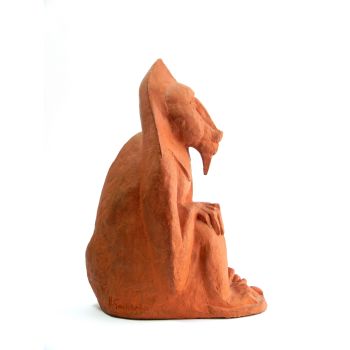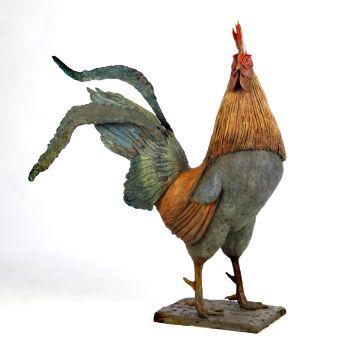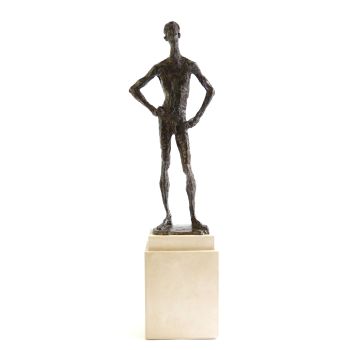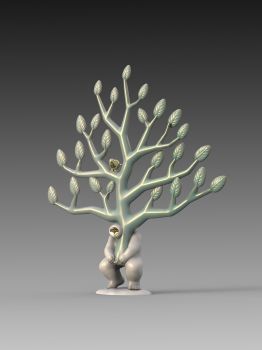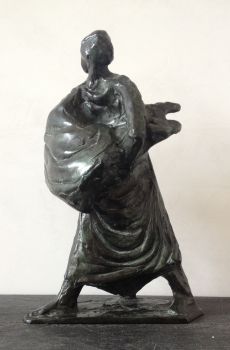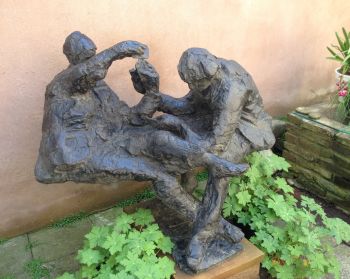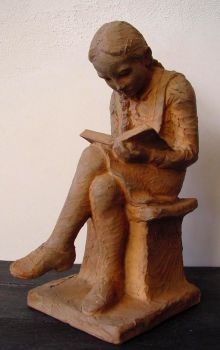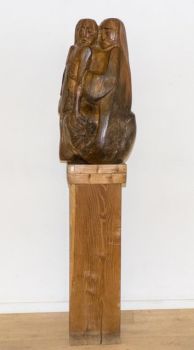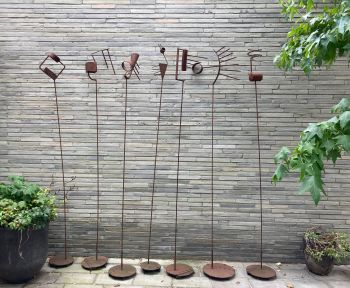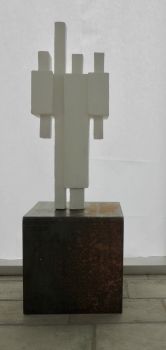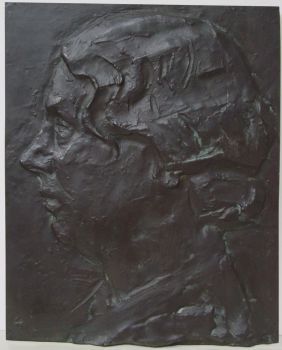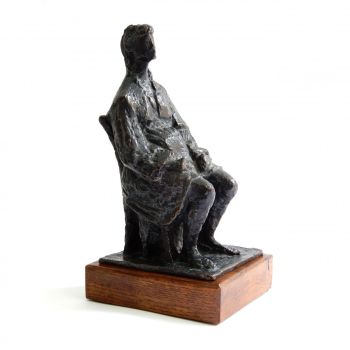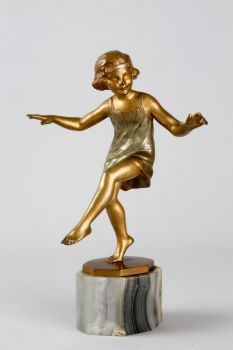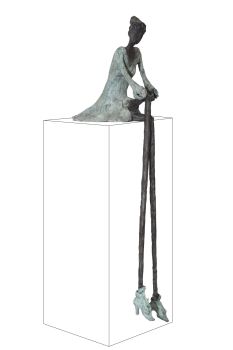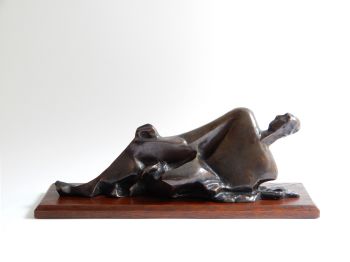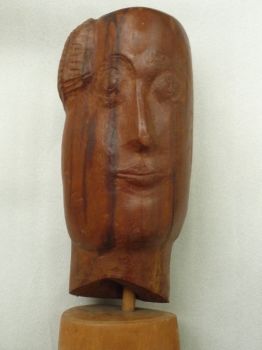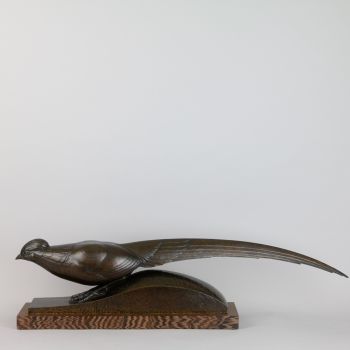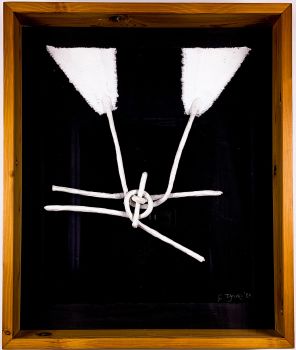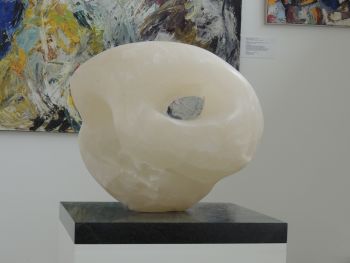About the artist
Gunnar Nylund (1904-1997) was an artist, designer and sculptor of Danish and Finnish origin that predominantly worked in Sweden. A true pioneer of mid-century era decorative arts, he is considered one of the most important ceramicists of the 20th century and is best known for his work with the very famous Swedish ceramic manufacturer Rörstrand.
Nylund was exposed to various art forms at an early age thanks to his artistic parents. This exposure greatly contributed to his multi-disciplinary abilities and clearly served his varied career within the decorative arts well. Although he initially studied architecture in Copenhagen, he left these studies to accept a permanent position at the porcelain factory Bing & Gröndahl. It was there that he met Danish ceramic artist Nathalie Krebs, with whom he would go on to develop his own innovative range and, later, the workshop ‘Saxbo’ in 1930.
His experimentation with new forms greatly impressed Rörstrand, who appointed him as Artistic Director in 1932 until 1955. Following this period, Nylund took the role as Artistic Director of Strömbergshyttan glassworks while still freelancing as a ceramic designer. Although Nylund’s body of work in glass is much less than that in ceramic, it is clear that he also excelled in the medium creating timeless elegant vessels in beautiful colours.
Like many of his well-known contemporaries, Nylund’s work is defined by an exploration of modern shapes and techniques in addition to his smooth mat glazes and beautiful subdued colours. His revolutionary stoneware vases are a great example of this whereby he used chamotte, a raw clay material, mixed with modelling clay. This material ensured objects did not collapse while they were being made, allowing for more delicate finer forms.
Beyond stoneware and glassware, Nylund is also an accomplished sculptor that was commissioned to create many works for public spaces, theatres, libraries and banks. His work is housed in numerous Swedish museums, including the National Museum in Stockholm, as well as various others such as the Danish Museum of Art & Design, Ateneum Art Museum in Helsinki and the National Ceramics Museum of Sèvres in Paris.

























